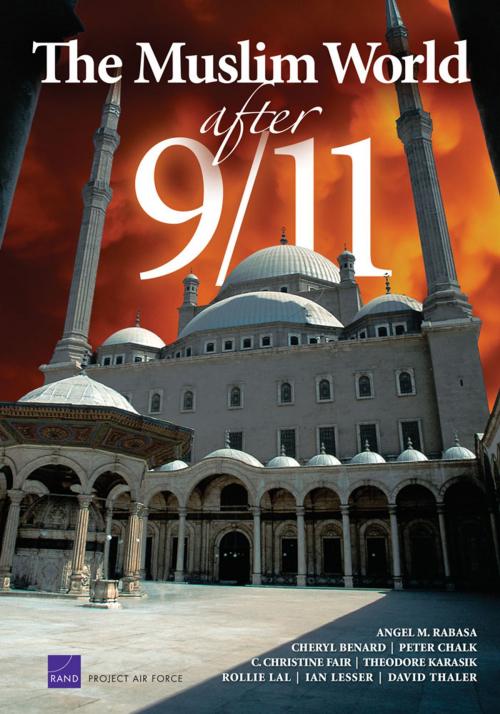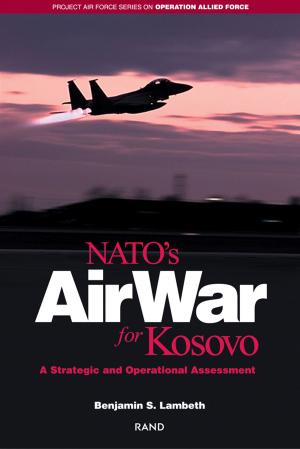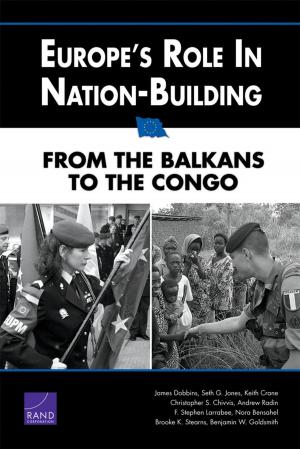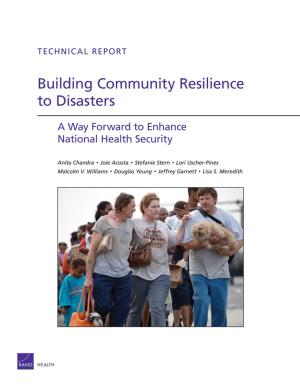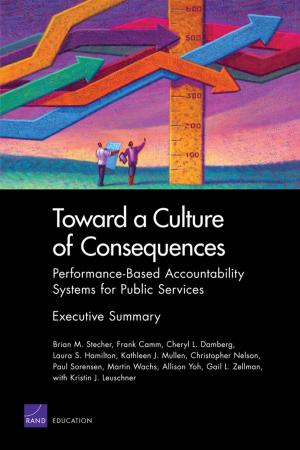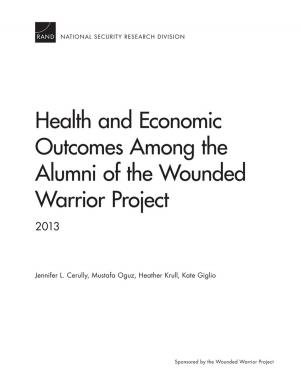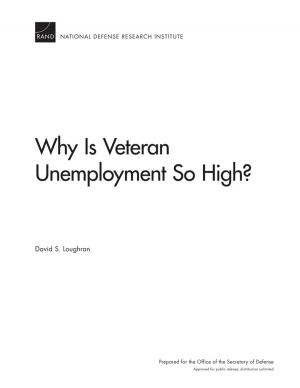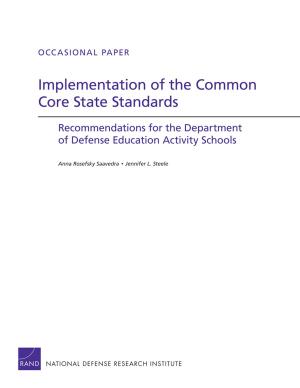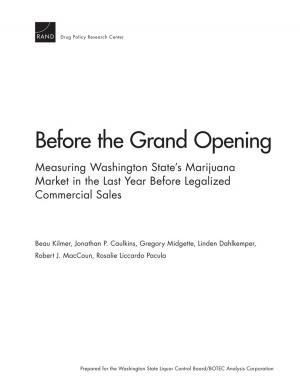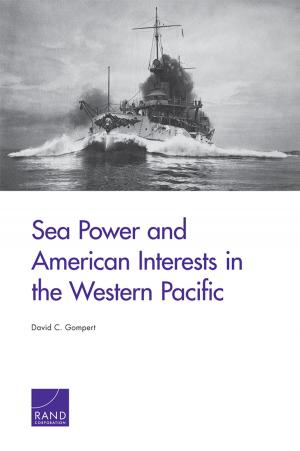The Muslim World After 9/11
Nonfiction, Social & Cultural Studies, Political Science, International, International Security, International Relations| Author: | Angel Rabasa, Matthew Waxman, Eric V. Larson, Cheryl Y. Marcum | ISBN: | 9780833037558 |
| Publisher: | RAND Corporation | Publication: | November 17, 2004 |
| Imprint: | RAND Corporation | Language: | English |
| Author: | Angel Rabasa, Matthew Waxman, Eric V. Larson, Cheryl Y. Marcum |
| ISBN: | 9780833037558 |
| Publisher: | RAND Corporation |
| Publication: | November 17, 2004 |
| Imprint: | RAND Corporation |
| Language: | English |
Momentous events since September 11, 2001-Operation Enduring Freedom, the global war on terrorism, and the war in Iraq-have dramatically altered the political environment of the Muslim world. Many of the forces influencing this environment, however, are the products of trends that have been at work for many decades. This book examines the major dynamics that drive changes in the religio-political landscape of the Muslim world-a vast and diverse region that stretches from Western Africa through the Middle East to the Southern Philippines and includes Muslim communities and diasporas throughout the world-and draws the implications of these trends for global security and U.S. and Western interests. It presents a typology of ideological tendencies in the different regions of the Muslim world and identifies the factors that produce religious extremism and violence. It assesses key cleavages along sectarian, ethnic, regional, and national lines and examines how those cleavages generate challenges and opportunities for the United States. Finally, the authors identify possible strategies and political and military options for the United States to pursue in response to changing conditions in this critical and volatile part of the world.
Momentous events since September 11, 2001-Operation Enduring Freedom, the global war on terrorism, and the war in Iraq-have dramatically altered the political environment of the Muslim world. Many of the forces influencing this environment, however, are the products of trends that have been at work for many decades. This book examines the major dynamics that drive changes in the religio-political landscape of the Muslim world-a vast and diverse region that stretches from Western Africa through the Middle East to the Southern Philippines and includes Muslim communities and diasporas throughout the world-and draws the implications of these trends for global security and U.S. and Western interests. It presents a typology of ideological tendencies in the different regions of the Muslim world and identifies the factors that produce religious extremism and violence. It assesses key cleavages along sectarian, ethnic, regional, and national lines and examines how those cleavages generate challenges and opportunities for the United States. Finally, the authors identify possible strategies and political and military options for the United States to pursue in response to changing conditions in this critical and volatile part of the world.
